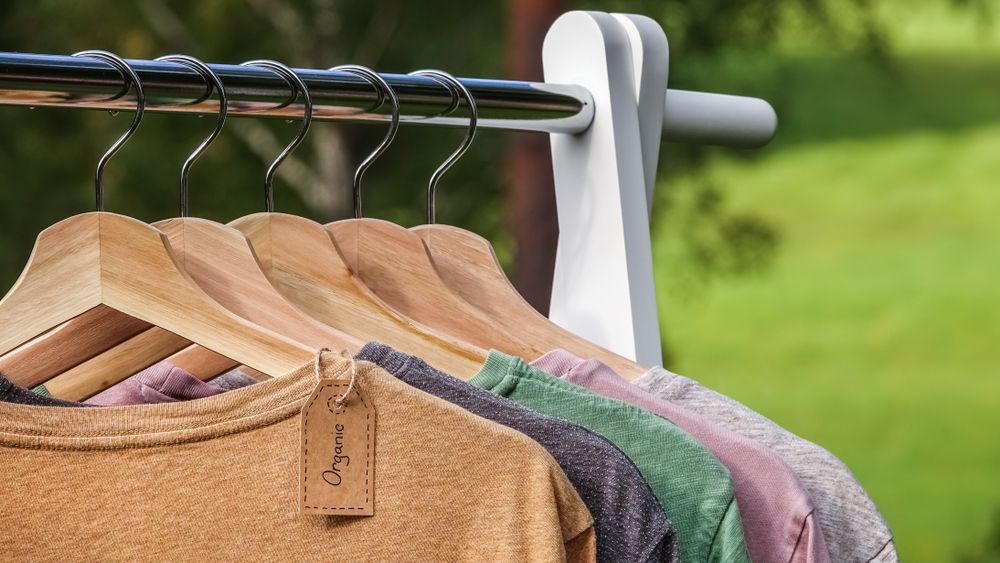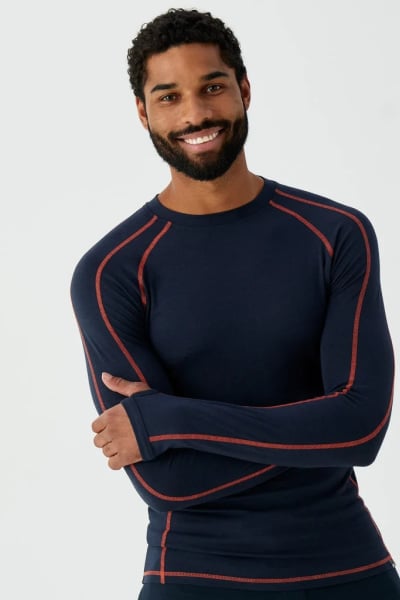Great Suggestions For Selecting Hemp Clothes
Wiki Article
What Is The Sustainability Of Hemp When Compared To Cotton, In Terms Of Use Of Water, Pesticides And Herbicides?
The hemp plant is thought to be more sustainable than cotton, in terms of herbicides, pesticides and water usage, among others.
Hemp Hemp is regarded as a plant that has lower water needs than cotton or other crops. It is considered to be a plant that thrives with very little irrigation. Hemp can often be grown using rainwater alone in many regions and is therefore a more water-efficient option.
Cottonis a commodity that is known for its high water consumption. The cultivation of cotton requires large amounts of irrigation, which drains local water resources and can lead to water shortages in water-stressed regions. The water-intensive nature of cotton farming has led to concerns regarding its viability.
Herbicides and Pesticides
Hemp: Hemp has a natural resistance against various pests. This decreases the need for synthetic pesticides. Although some hemp crops require pest management, overall the dependence on chemical is lower than many other crops, including cotton. The cultivation of hemp organically is virtually non-pesticide.
Cotton- Conventional cotton farming typically relies heavily on synthetic pesticides and herbicides to control weeds and pests. These chemicals may cause negative environmental effects like water and soil pollution and harm to species that are not targeted and the development pesticide-resistant insects.
In summary hemp is considered to be to be a more sustainable plant than cotton when it comes to the use of water, pesticides and herbicides-
Hemp can be grown well even with very less water, and is typically harvested with rainwater or only very little irrigation.
Hemp is naturally invulnerable to diseases and pests and helps reduce the need for pesticides.
Hemp crops need less pesticides and herbicides made of synthetics contrasted with conventional cotton.
However, it's crucial to keep in mind that sustainable and eco-friendly methods can differ between cultivators and even regions. Organic methods of farming can further enhance the sustainableness of hemp and cotton since they limit the use of synthetic chemicals as well as improve the health of the soil. When evaluating the environmental impact of textiles and clothing, using organic fibers like cotton or hemp can help reduce the fashion industry's ecological footprint. Have a look at the top rated hemp clothing url for site advice including hemp tees wholesale, wholesale hemp fabric, hemp long sleeve shirt, hemp shorts, hemp polo shirts, hemp long sleeve shirt, mens hemp clothing, hemp cotton fabric, jeans hemp, jungmaven sweatshirt and more.

What's The Secret Behind Hemp's Moisture-Wicking, Thermoregulating And Breathable Properties?
Hemp fibers have unique chemical and structural properties that make them breathable moisture-wicking and thermoregulatory. These properties are a result of several elements. Microscopic structure- Hemp fibers possess pore-like hollow structures that allow air to circulate through the fibers. This porosity is what makes hemp textiles highly breathable. When woven into fabric, the structure lets air flow through. This improves circulation and prevents the accumulation of moisture and heat against the skin.
Hemp Fibers Absorb Moisture and Wicking Hemp fibers are hydrophilic. This means that they have an affinity for water. They can also absorb moisture easily. When you wear hemp clothing they can absorb moisture and sweat from your skin, eliminating the sensation of wetness. The hemp fibers also help to wick the body of moisture by spreading the moisture across an extensive surface, which allows it to evaporate faster. The ability to wick moisture keeps you comfortable and dry when exercising or in hot weather.
Hemp fibers can regulate the temperature naturally. They can trap warmth close to the skin's surface when it's cold. However, they let the excess heat and moisture be able to escape when temperatures are hot, helping to cool you down. This inherent thermoregulatory ability makes hemp clothing suitable for a range of temperatures and activities.
Antimicrobial properties- Hemp fibers have natural antimicrobial qualities that assist in stopping the growth of odor-causing bacteria. This is a factor in the freshness and resistance to odor of hemp clothing even when you are physically active.
Durable and Long-Lasting- Hemp fibers are tough and durable, meaning hemp clothing is able to withstand repeated washing and wear without losing its breathability or moisture-wicking capabilities. This durability increases the life of hemp clothes. It reduces the need for replacements and the environmental impact.
UV Protection- Hemp fibres offer a natural UV protection that shields the skin from damaging UV radiation. This UV-blocking ability adds to the versatility of hemp clothing which makes it ideal for outdoor activities.
It is crucial to be aware because these qualities are intrinsic and are not dependent of chemical treatments. Hemp clothing is comfortable, durable and environmentally friendly due to its natural properties. It's a great option for activewear, outdoor clothing, and clothing suitable for hot temperatures. In addition, these attributes remain intact even when hemp fibers are processed into textiles. Take a look at the most popular hemp clothes url for more examples including hemp cotton fabric, hemp shirts mens, hemp golf shirts, afends jesse dress, hemp yoga pants, patagonia hemp island pants, hemp dress, hemp clothing, nomad hemp wear, hemp tees and more.

What's the difference between bamboo and hemp fibers?
The two plant-based fibers hemp and Bamboo are utilized in textile production Each has its distinct characteristics and properties. Here are the major differences between hemp and bamboo fibers- 1. Plant Source-
Hemp- Hemp is derived from the hemp stalks. Particularly the outer basts. Hemp is versatile, fast-growing and has been used to make various products for centuries.
Bamboo fibers are made out of the pulp made by the bamboo plant. Bamboo is a fast-growing species of grass, renowned for its rapid renewal and durability.
2. Fiber Characteristics
Hemp- Hemp fibers are recognized for their strength and durability. They are among the most durable natural fibers that soften after each wash which makes them ideal for long-lasting textiles.
Bamboo- Bamboo is a silky, soft fiber. They may be less dense and less durable than hemp, however they are valued for their ease of use.
3. Texture and Feeling-
Hemp- Hemp fabrics have a textured, slightly coarse sensation in their natural state. While it is an incredibly comfortable fabric, the texture is different from bamboo.
Bamboo- Bamboo fabric feels smooth, silky and luxuriously soft. It is often described as feeling like a mixture of cotton and silk making it highly comfortable to wear.
4. Breathability, Moisture Wicking, and Breathability-
Hemp- Hemp fabrics are naturally moisture-wicking. This enables better air circulation, and they absorb water. They can keep your body dry and cool in hot conditions.
Bamboo is also very ventilated, and it also wicks away moisture. They are made up of micro-gaps that enhance their ability to regulate humidity and temperature. This ensures that you are comfortable in different environments.
5. Environmental Impact-
Hemp Hemp is an environmentally friendly fiber because of its fast growth rate, its low water needs, and resistance to insects. These factors help reduce the need for herbicides and pesticides. It is able to sequester CO2 from the air as it grows.
Bamboo is a plant that is ecologically sustainable. It is highly robust, it grows quickly and requires only a tiny amount of water. Some bamboo species, such as Moso Bamboo, are thought to be sustainable.
6. Processing-
Hemp- Hemp fibers must be processed extensively to separate the outer bast fibers from the core. The process may involve retting or decortication.
Bamboo Fibers of bamboo can be obtained using a chemical called the viscose process. It involves using chemical substances to degrade the bamboo fiber. This process can be harmful for the environment if it is not handled responsibly. However, some bamboo fabrics use closed-loop systems that minimize the waste of chemicals.
7. Versatility-
Hemp Fibers- Hemp fibers can be used for a number of uses, which include clothing, textiles paper, building materials.
Bamboo fibers are found in a variety of products, including sheets and towels.
Both bamboo and hemp possess distinctive properties that provide the benefits of sustainability. It is dependent on the qualities you're looking for in a material and how eco-conscious you are. Read the most popular bamboo clothing tips for more info including childrens bamboo socks, bamboo t shirts ladies, mens bamboo clothing, childrens bamboo socks, boody ecowear, bamboo undergarments, bamboo terry fabric, freefly summer hoodies, bamboo clothing underwear, bamboo apparel wholesale and more.
